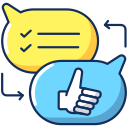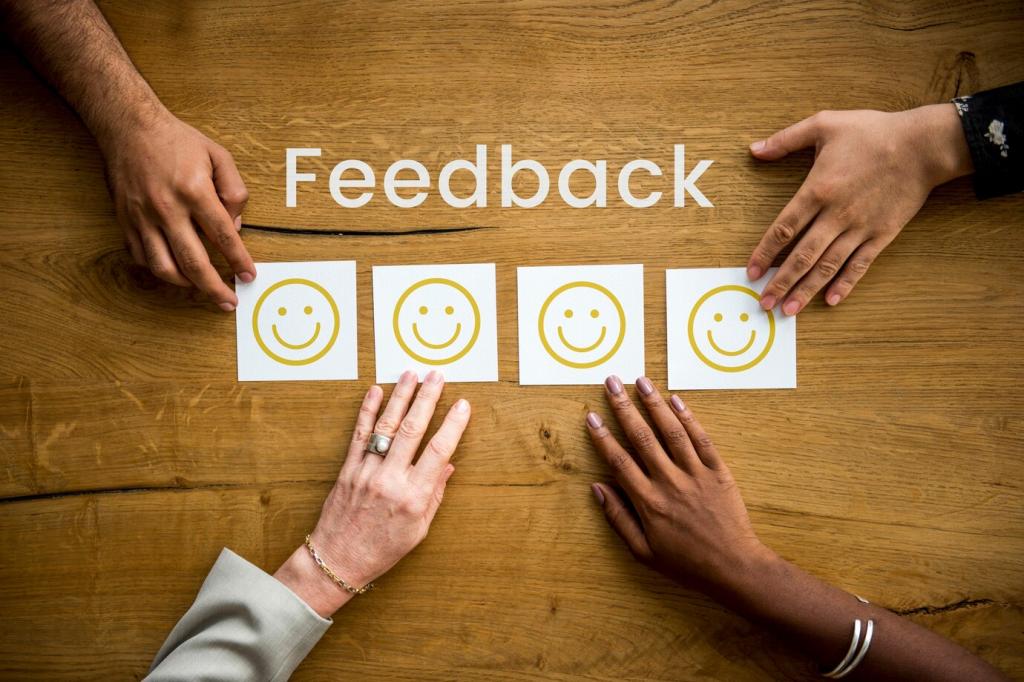Stories of Change Sparked by Feedback
Maya shared persistent neck strain during hundreds. We slowed tempo, emphasized nodding, and layered breath timing. Two weeks later, her tension eased, and she reported deeper core engagement without gripping.
Stories of Change Sparked by Feedback
Theo felt wobbly in single-leg work. He requested wall support demos and ankle priming drills. With targeted cues, he found steadier grounding and proudly progressed to longer unsupported holds.






